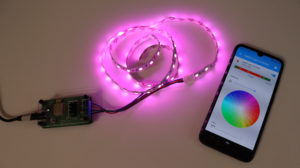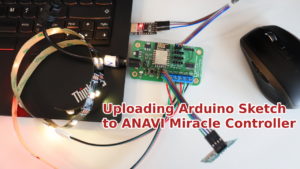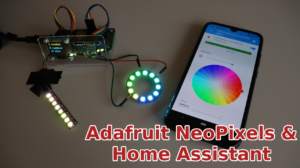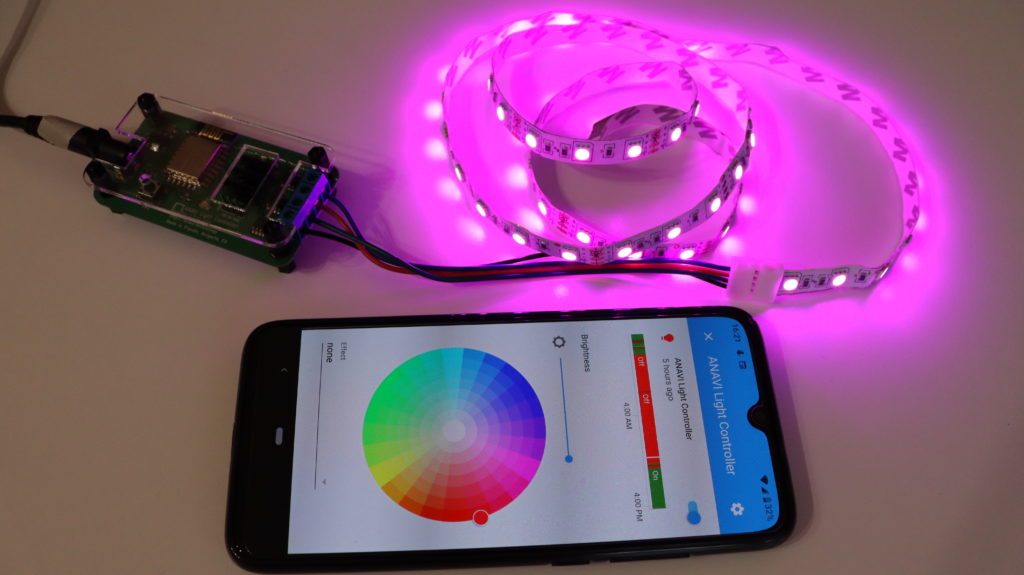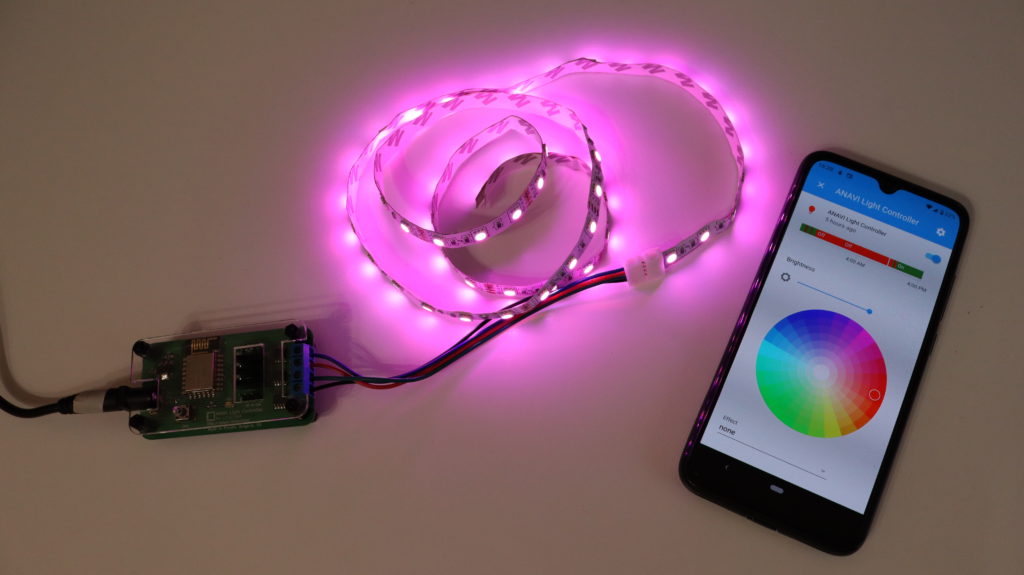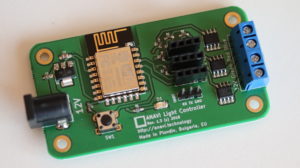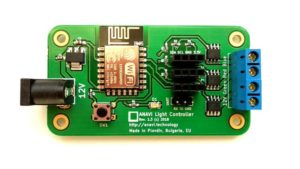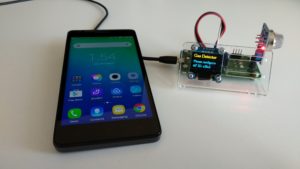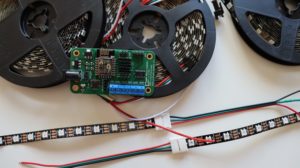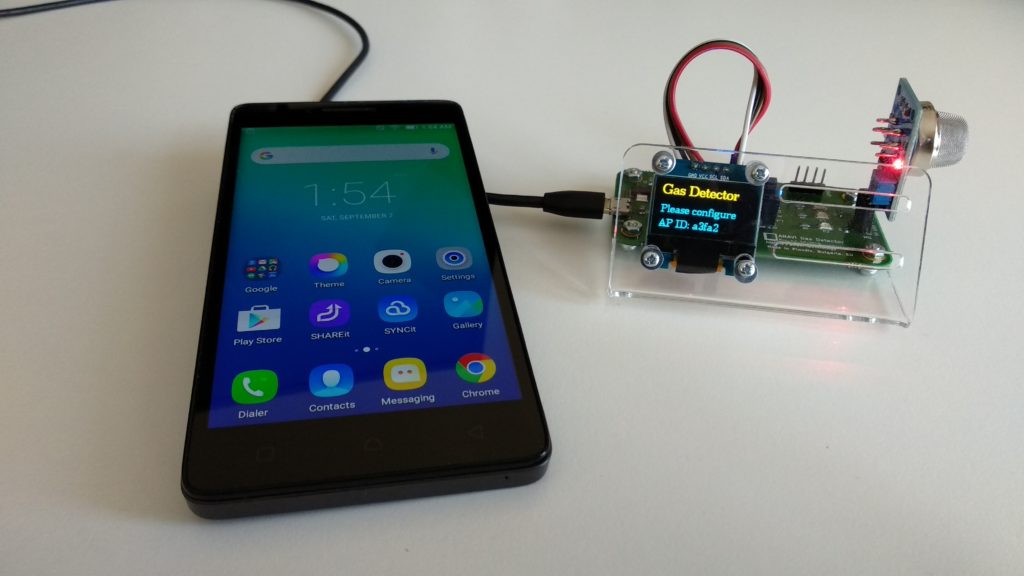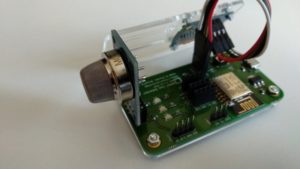How often do you get software or firmware updates for a 2-year-old device? Probably not very often. This is not the case for ANAVI Light Controller! We have a major update of its Arduino sketch for you.
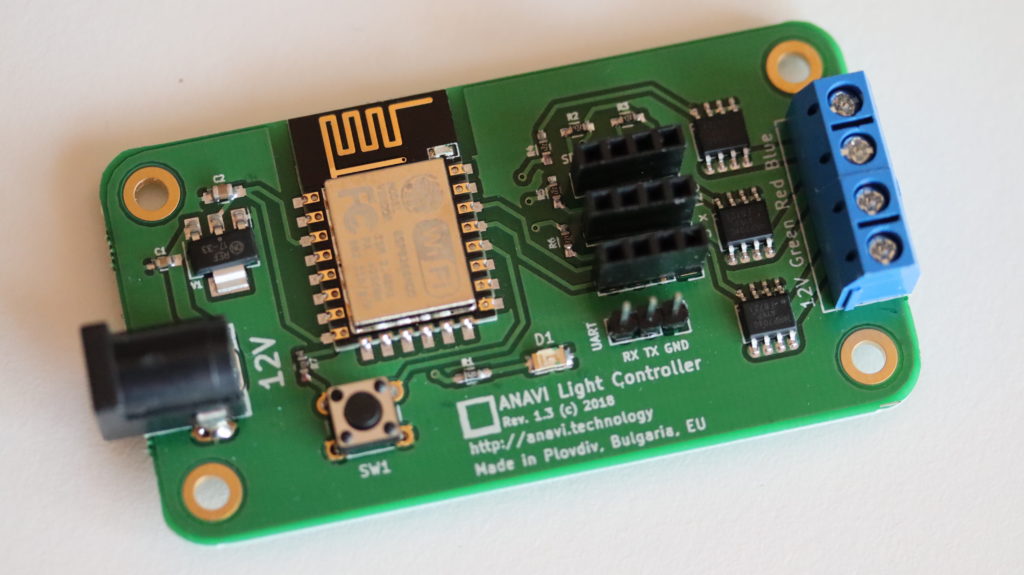
ANAVI Light Controller open source hardware WiFi device for controlling a 12V RGB LED strip. It was brought to life through a crowdfunding campaign at Crowd in 2018. Now is January 2020, so this makes it ~2 years old! A lot of things have changed during this time. ANAVI Light Controller has been certified by Open Source Hardware Association (OSHA) and it now on sale at our distributors: Crowd Supply, Pi Supply and neven.cz.
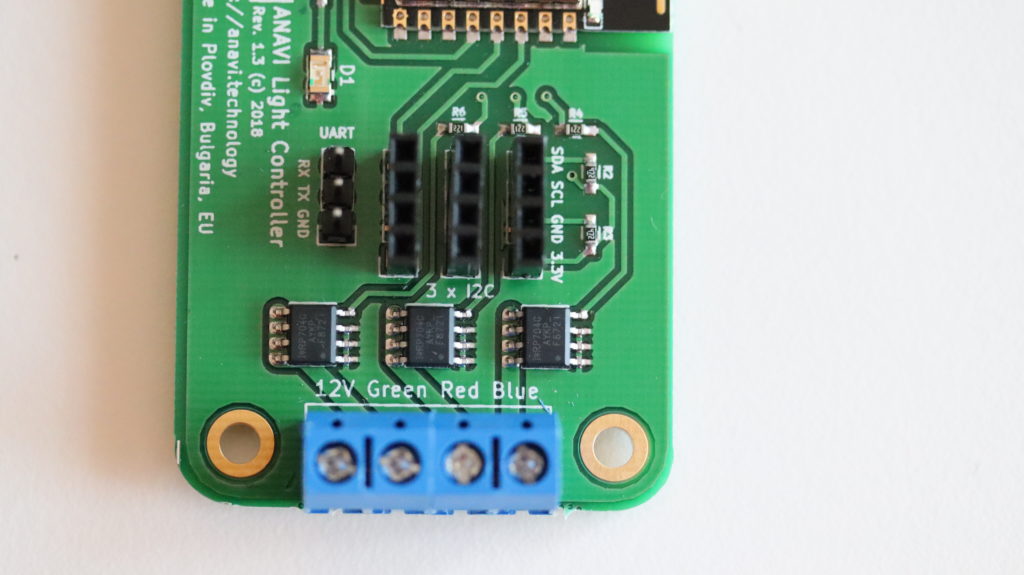
Recently we made a major improvements to the default firmware available as an Arduino sketch at GitHub:
- Support Home Assistant automatic discovery over MQTT
- Turn on LED D1 on ANAVI Light Controller if the device is not connected to local WiFi network and needs initial configuration
- Wait for a few seconds while LED D1 is blinking immediately after turning on ANAVI Light Controller to allow reset by keeping SW1 pressed
- Append the last 5 characters of the machine ID to the WiFi Access Point (AP) to simplify the identification of the ANAVI Light Controller during the initial setup
- Support MQTT messages with large payload for reporting back the current state of the RGB LED strips on topic stat/dev-id/color
- Add DEBUG macros, disabled by default, if enabled additional debug information will be printed in the serial monitor
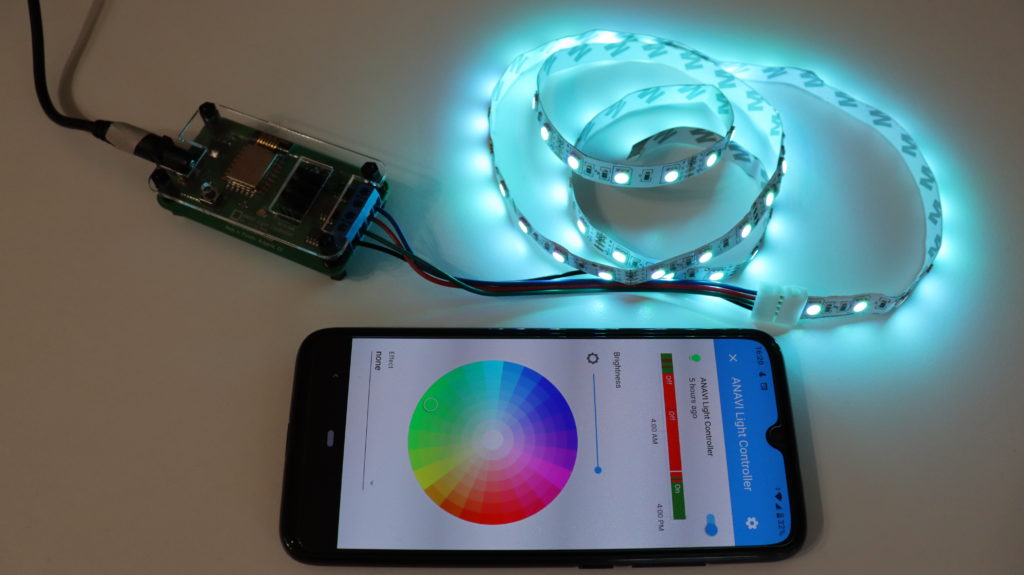
You can either compile and upload the new version through Arduino IDE or just grab the binary from GitHub and flash it on your ANAVI Light Controller.
To learn more how ANAVI Light Controller works out the box with the popular open source platform Home Assistant read our previous article. It reveals the exact steps the setup MQTT Broker in Home Assistant and after that to automatically discover ANAVI Light Controller.
ANAVI Light Controller is suitable for low-cost 12V analog (non-addressable) LED strips. If you need a WiFi development board for controlling digital (addressable) LED strips at 5V or 12V have a look at our other open source product ANAVI Miracle Controller.

